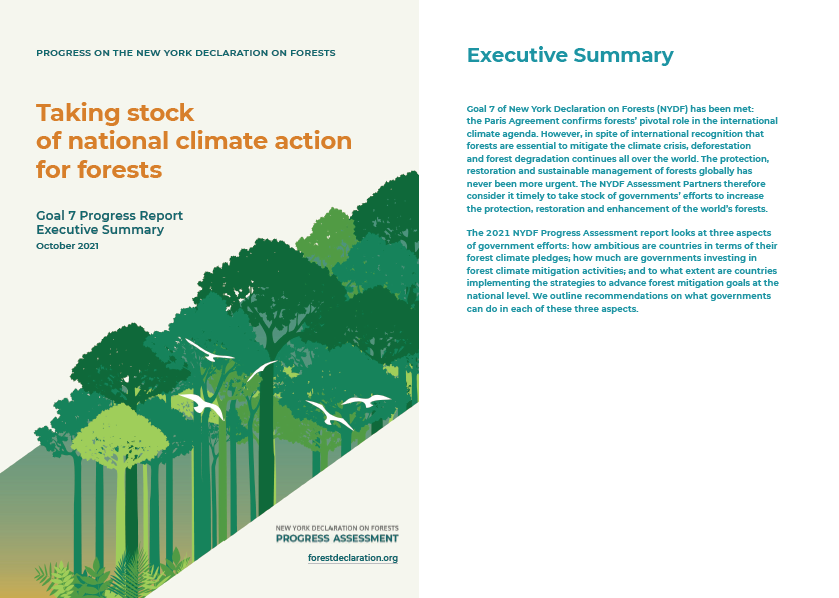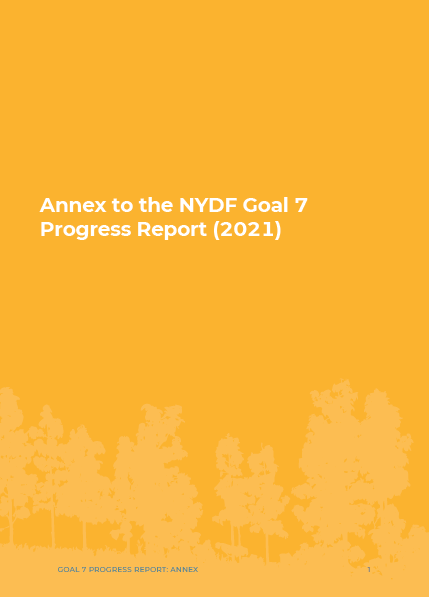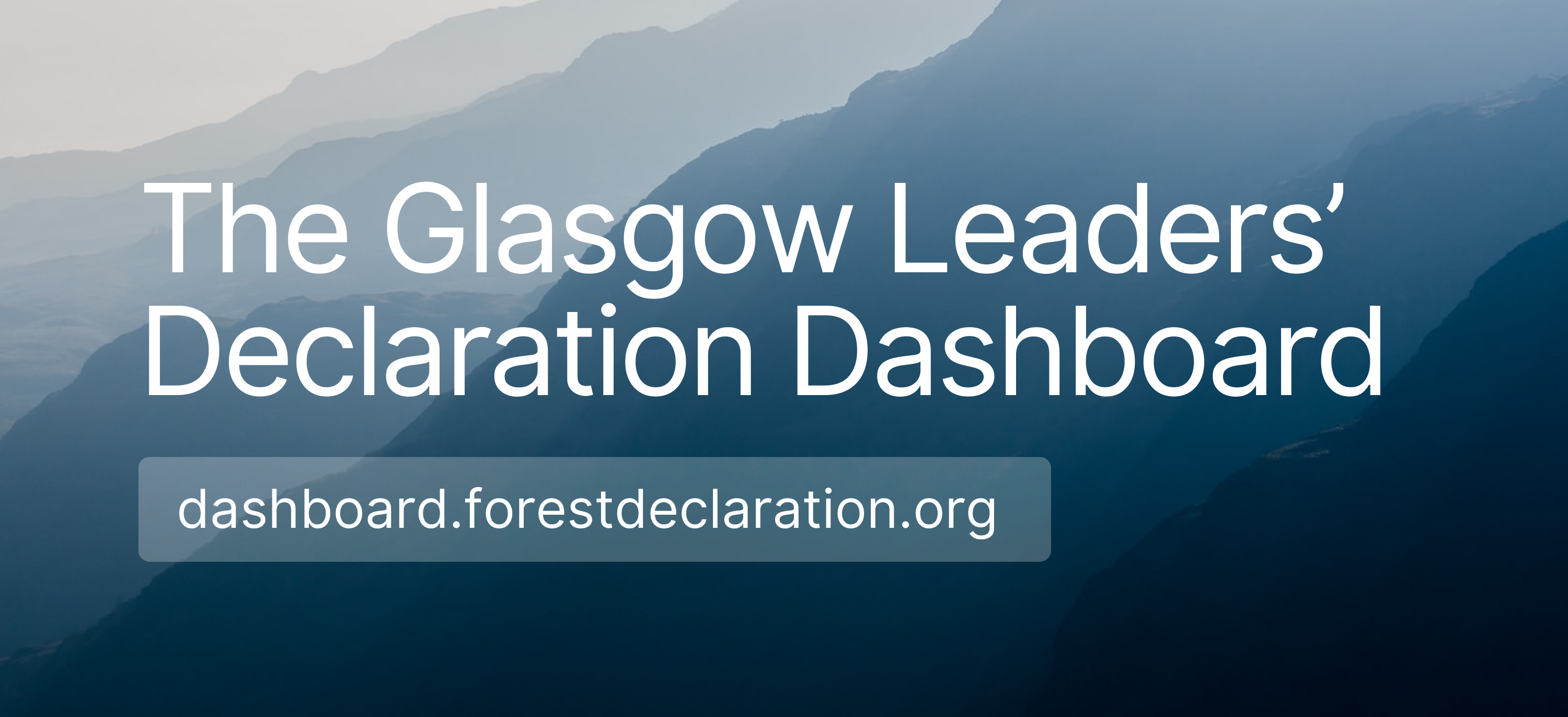The original aim of Goal 7 of the NYDF has been met: the Paris Agreement confirms forests’ pivotal role in the international climate agenda. But at a time when the protection, restoration, and sustainable management of forests have never been more urgent, global forest loss is in a worrying upward trend.
It is still too early to assess country’s progress on their commitments under the Paris Agreement because countries will only report the status of NDC implementation few years from now. In the meantime, we take stock of governments' existing domestic efforts and policies, and offer recommendations on what governments can do to accelerate forest-based mitigation outcomes.
The 2021 NYDF Assessment report on Goal 7 looks into three aspects of government efforts:
We outline recommendations on what governments can do in each of these three aspects.
In this decisive decade, governments will need to make dramatic shifts in ambition, finance, and policy to ensure forests can continue providing critical climate and ecosystem services that the planet depends on.
Some countries have succeeded in reducing deforestation by putting the right policies and incentives in place. These efforts need to be replicated and accelerated.
There are many indications of governments’ progress: for example, more than 50 reducing emissions from deforestation and forest degradation (REDD+) programs operate at national scale; more than 100 national governments have strong and robust forest monitoring systems; dozens of initiatives for multistakeholder collaboration involve governments at national or subnational level; and some of the largest consumers of forest-risk commodities have initiated or established legislation to limit and control the import of deforestation.
The complexity of deforestation and unsustainable land use remains a serious challenge. The sustained reductions in forest loss needed to achieve the 2030 NYDF target would be unprecedented and are highly unlikely in the near-term. All indicators show either insufficient progress towards ending forest loss and associated greenhouse gas emissions by 2030.
If governments are serious about their climate goals, they need to put forests front and center of policymaking processes that are inclusive and transparent, involving different stakeholder groups, and spanning sectors and government levels.
· Current investments in activities that reduce forest emissions and increase forest carbon sequestration cover at best 5% of the finance needed.
· Investments in forests (“green investments”) remain miniscule compared to the massive “grey” flows into sectors and activities that can potentially drive forest loss.
· In key forest countries, legal frameworks for recognizing Indigenous Peoples and local communities’ rights and mechanisms are in place. Implementation and security of these rights, however, is lagging and weak.
· Financing to securing IPLC tenure rights is far from the scale needed. Between 2011-2020, only 11% of funding to projects on IPLC empowerment explicitly advance tenure reform and security.
· Among high mitigation potential countries analyzed, governments' targets for reducing deforestation and other forest-climate activities fall short (50%) of what forests can actually offer to reduce emissions and increase carbon sinks.
There is no silver bullet—multiple strategies that work complementarily are required to protect, restore and sustainably manage forests.
Governments need to embrace a combination of the strategies in this report, ensuring the necessary enabling conditions while providing incentives as well as disincentives to those that influence the use of forests, land, and resources.
Recommendations for governments from the 2021 NYDF Assessment report are available in English, Spanish, French, Portuguese, and Bahasa Indonesia.
This project is supported by the Climate and Land Use Alliance (CLUA), the Good Energies Foundation, and the International Climate Initiative (IKI) of the German Federal Ministry for the Environment, Nature Conservation and Nuclear Safety (BMU) on the basis of a decision adopted by the German Bundestag via the NYDF Global Platform.
















